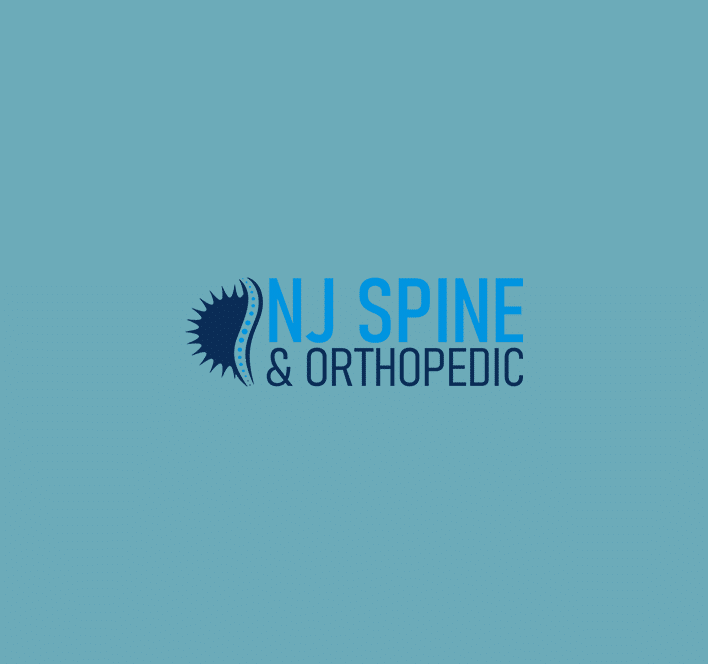As we age, a majority of us experience some form of neck or back pain. Spine conditions caused by this type of pain are some of the most common medical issues people face, although some have it worse than others.
When treatments like pain medication, physical therapy and rest aren’t enough to eliminate your back pain, back surgery may be required. Many people suffering from painful spine conditions may not be aware that back surgery doesn’t have to be a long, invasive and painful process.
Minimally invasive spine surgery is a better option than open-back surgery, and many orthopedic surgeons are now using advanced, minimally invasive techniques to bring their patients much-needed pain relief.
So what exactly makes minimally invasive spine surgery a better choice than traditional orthopedic surgery?
Minimally Invasive Spine Surgery Is A Safer Treatment Option
The techniques used during minimally invasive spine surgery allow for a safer alternative, both during surgery and post-surgery, to traditional open-back surgery.
While open-back surgery requires large incisions through the back muscles, our surgeons perform minimally invasive surgeries that only require a small, two-centimeter incision.
During open-back surgery, doctors use techniques that severely damage the muscle and cause significant blood loss. Treating spine conditions with large incisions and aggressive techniques were conducive in their day, but the highly invasive practices make for a painful and debilitating surgery experience.
The safer, muscle-protecting techniques used during minimally invasive surgery pull the muscles aside instead of cutting through them to reach the affected area of the spine. This method results in an outpatient treatment that has fewer side-affects, reduced blood loss, lessened infection risks, and reduced recovery time, which all help to ensure a safer post-surgery experience.
Open-back surgery, on the other hand, requires an extensive hospital stay and long recovery period, which expose you to potential infections and increase the likelihood of reinjuring your spine or harming another area of the body that can place patients in an endless cycle of surgery and recovery.
Most minimally invasive surgeries are outpatient and remove potential dangers associated with open-back surgery.
Minimally Invasive Spine Surgeries Are Quick, Outpatient Treatments
Traditional orthopedic surgery puts patients out of commission for weeks. In addition to blood loss and large incisions that cut through the muscle, it also results in a long recovery period that requires a hospital stay and physical therapy.
With most minimally invasive spine surgeries, you’re in and out in about two hours, so you can have a peaceful at-home recovery. Each surgery’s effectiveness and efficiency means you can return to normal life quickly without the added stress and inconvenience commonly associated with orthopedic surgery.
Minimally Invasive Spine Surgery Is Less Painful
Your back pain should occur before a procedure, not after it. Minimally invasive spine surgery not only results in less pain from the actual procedure, it also helps you return to a pain-free life within days after the condition is treated.
Treating your back pain with minimally invasive techniques allows doctors to avoid the large incisions and muscle damage that cause the painful recovery many people associate with back surgery.
Minimally Invasive Spine Surgery Can Treat Multiple Back Conditions
Traditional open-back surgery can treat many conditions, but fortunately, so can minimally invasive spine surgery. This is good news if you don’t want to undergo a long and painful recovery.
Minimally invasive techniques used during surgery can treat the following conditions:
- Spinal Stenosis
- Herniated Disc
- Pinched Nerve
- Degenerative Disc Disease
- Foraminal Stenosis
- Facet Joint Disease
- Sciatica
- Bulging Disc
- Disc Tears
For disc-related conditions that involve disc repair or removal, a minimally invasive artificial disc replacement is recommended. For widening of the spinal canal, laminoforaminotomy – also a minimally invasive surgery – is recommended.
Want more information on symptoms surrounding some of these conditions? Read our recent blog post on four common back pain types, their conditions and treatments.
Many conditions, in addition to those listed above, can be treated with minimally invasive spine surgery, so it’s important to remember that if you’re suffering through back pain, there are safer, less painful and more effective treatments available.
You don’t have to face the invasive methods of traditional orthopedic surgery. Spine experts at NJ Spine & Orthopedic have brought life-changing relief to thousands of patients, nationwide. To discover what’s causing your back pain, try out our Condition Check Tool and begin your journey toward a happier and healthier you today.

